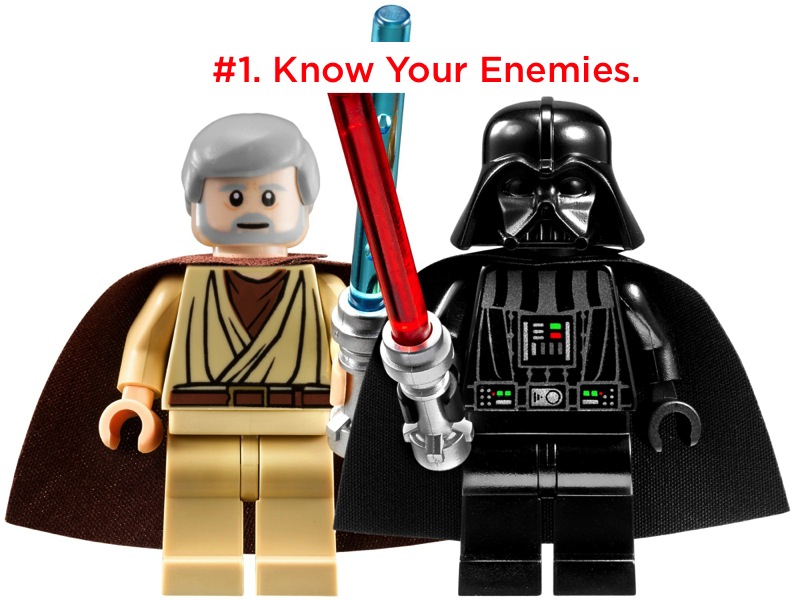Some of my clients avoid social media as part of their communication strategy because it is far too public for their comfort zone. They feel that by opening the doors of the business to the full weight of the Internet, there is likely to be a barrage of unhealthy comments from detractors who for any given reason might use these outlets to vent. Others of them made a crude attempt to "do" social. They opened up formal Facebook business pages, created a Twitter account, and then blasted out as many LIKE US messages as they could, without any forethought to value creation.
Well, those days are now over. Those companies who felt that by not having a Facebook business profile page avoided being talked about have been proven wrong ten thousand times over as they wind up with more egg on their face for being absent from the discussion than any cage rattler could deliver. Ignorance is not bliss and inaction comes with a hefty commercial price tag.
What takes place online are interactions human to human (or P2P) and this is where I prefer to focus when developing tactics to help avoid digital train wrecks. That said, the very nature of social media is that it is social, and human. And humans are imperfect, emotional and empowered thanks the rise of technology that gives every man, woman and child full broadcast potential.
It's important to identify who your detractors are before you commence social marketing. Know on which platform your greatest amount of negative sentiment is being shared or delivered. Identify which channels are likely to hold to largest group of advocates. Make a working list of passionate detractors and put them on a Watch List. This will give you some peace of mind and I recommend regular monitoring of their content and what they are publishing. Consider this an ounce of prevention.
The best way to avoid a meltdown is not to have one. To reduce the risk of an actual full scale crisis, create a crisis triage plan. In this exercise, you'll develop scenarios for which an antagonist might attempt to rattle your marketing efforts and determine the level of severity and risk associated with each, the lightest being no impact or harmless, and the other end of the spectrum being a CODE RED that would involve an immediate call to the investor relations team, in house council, or the CEO.
Within this plan, map out questions and potential scenarios, where a community manager should proceed with the discussion, or divert the individual to an online feedback form, closed communication channel such as email or a follow up phone call, or be ignored for the moment, or responded to by an appropriate technical employee. Plan for trolls, but hope you never have one and most of all if you do experience a grade A detractor or troll don't fret. Delete them, block them, but most certainly, don't feed them or fan the flames.
Having a crisis triage plan is like the fire escape plan you have in your business. You hope you never need to use it, but if you do, it won't be utter chaos and this reduces risk considerably.
No army was every successful in battle without training and as digital, mobile and social communication channels are quite new, this creates a great requirement of employers to sufficiently train and up-skill the role of the marketers and communication executives. At the very core, companies need to resource those on the social outreach team with strong Type A personalities who are able to reach out to others and are passionate about connectivity and then encourage their innate curiosity on all things digital.
Such training should include critical elements including the aforementioned crisis triage plan, but could also include technical tasks like how to use hashtags, native content specifics by platform, content creation, how to manage cultivate and develop a coveted social CRM, how to convey the voice and tone of the organisation, etc.
Do note, disruptive technology is a dynamic space. Training is never going to be a one off. As platforms update and modify their functionality, make it one person's job to introduce and stay on top of new social tools, platforms and key functionality and constantly briefing your team.
Advocacy as of late is the new marketing play that completely trumps loyalty programs. Loyalty used to be a great way to invest in continued revenue until programs have lost their perceived value. To gain the full benefit of the reach and scale of the internet, invest in advocacy marketing and UGC (user generated content) curration. The benefit of assembling an army of advocates and communicating with them at some frequency is so that in the first instance of a detractor attempts to harm you on Facebook, your "regulars" will step in and save the day.
If they love you, they will fight for you. Your online community should be assembled in places where you might need to extra muscle.
This fifth tip is probably the least easiest to do in an analogue sense however social listening solutions and marketing automation tools can gather feedback and comments that should be moderated and curated on a daily basis. Create critical response times to give feedback from Thank Yous for compliments, to mapping a complaint and responding. Social customers expect brands they follow on social channels to be socially savvy and can be quite unforgiving for going unattended to.
A bi-product of social listening to sentiment is the ability to gather rich consumer insights that will enable your business to segment marketing messages and deliver related offers based directly on stated intentions or needs and more likely to convert.
Got a question about online reputation management or want a free evaluation of your existing online crisis plan? Drop me an email or leave me a question in the comments area. I respond to everything.




